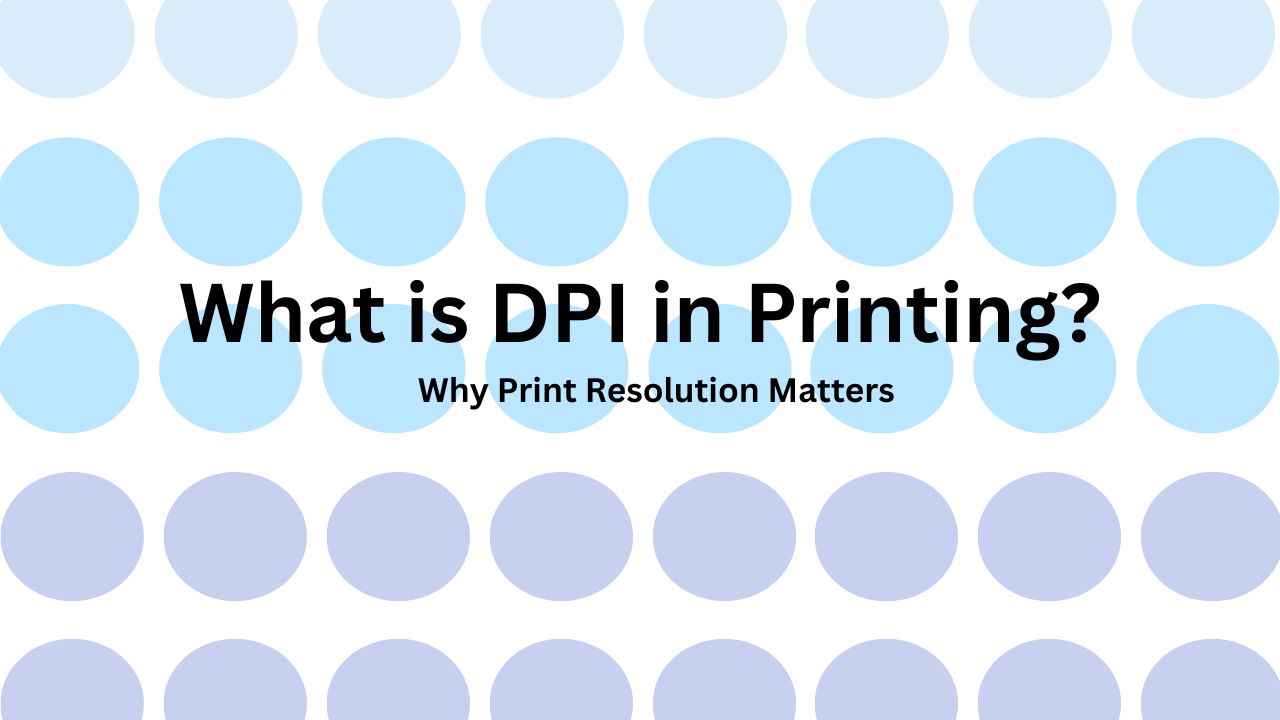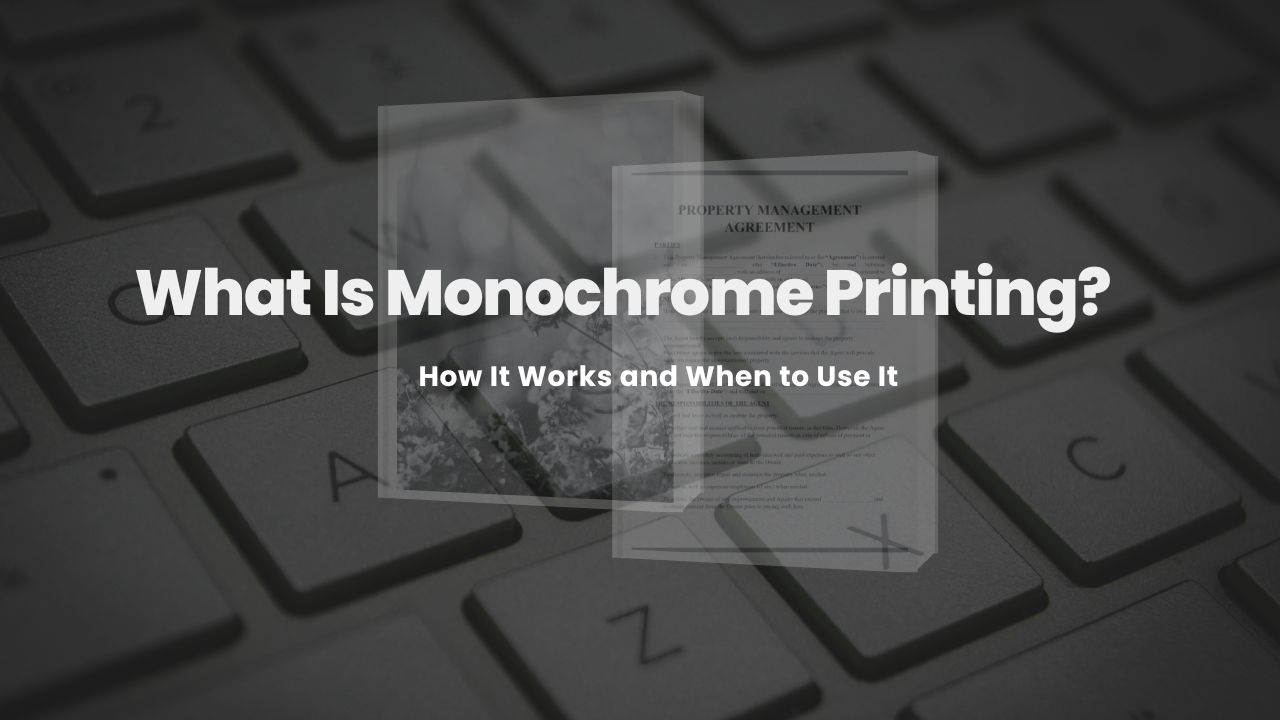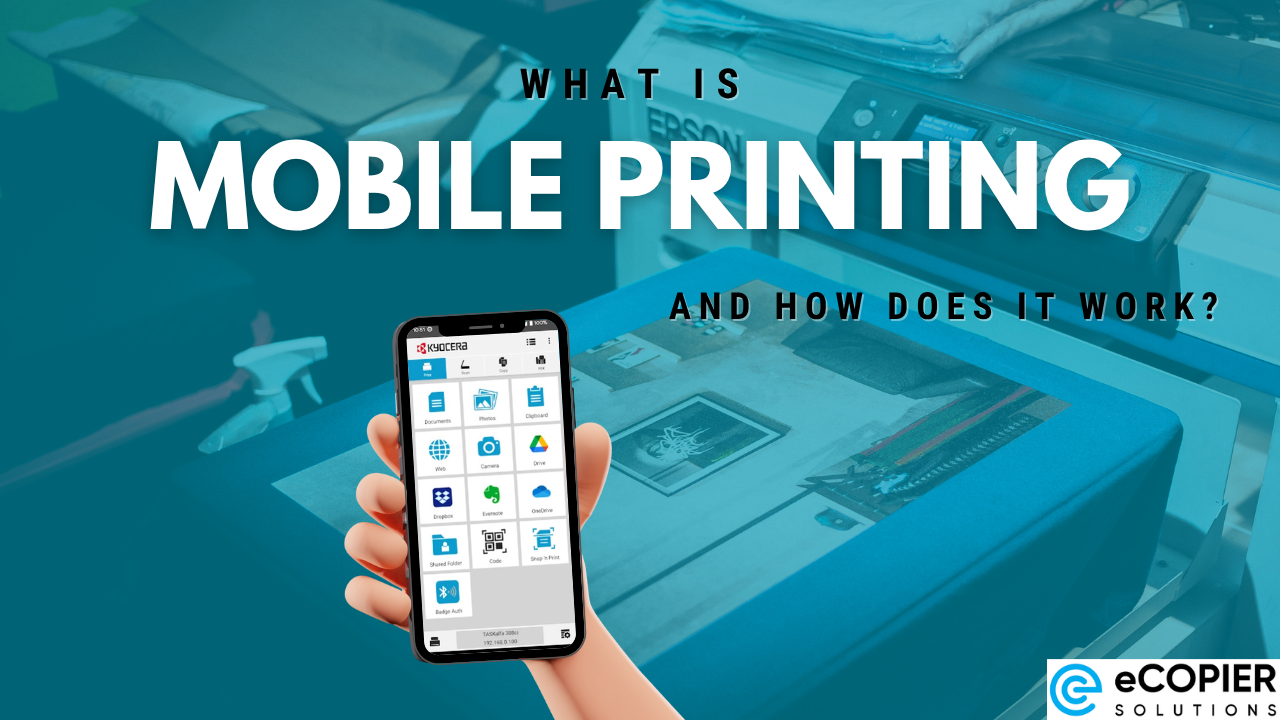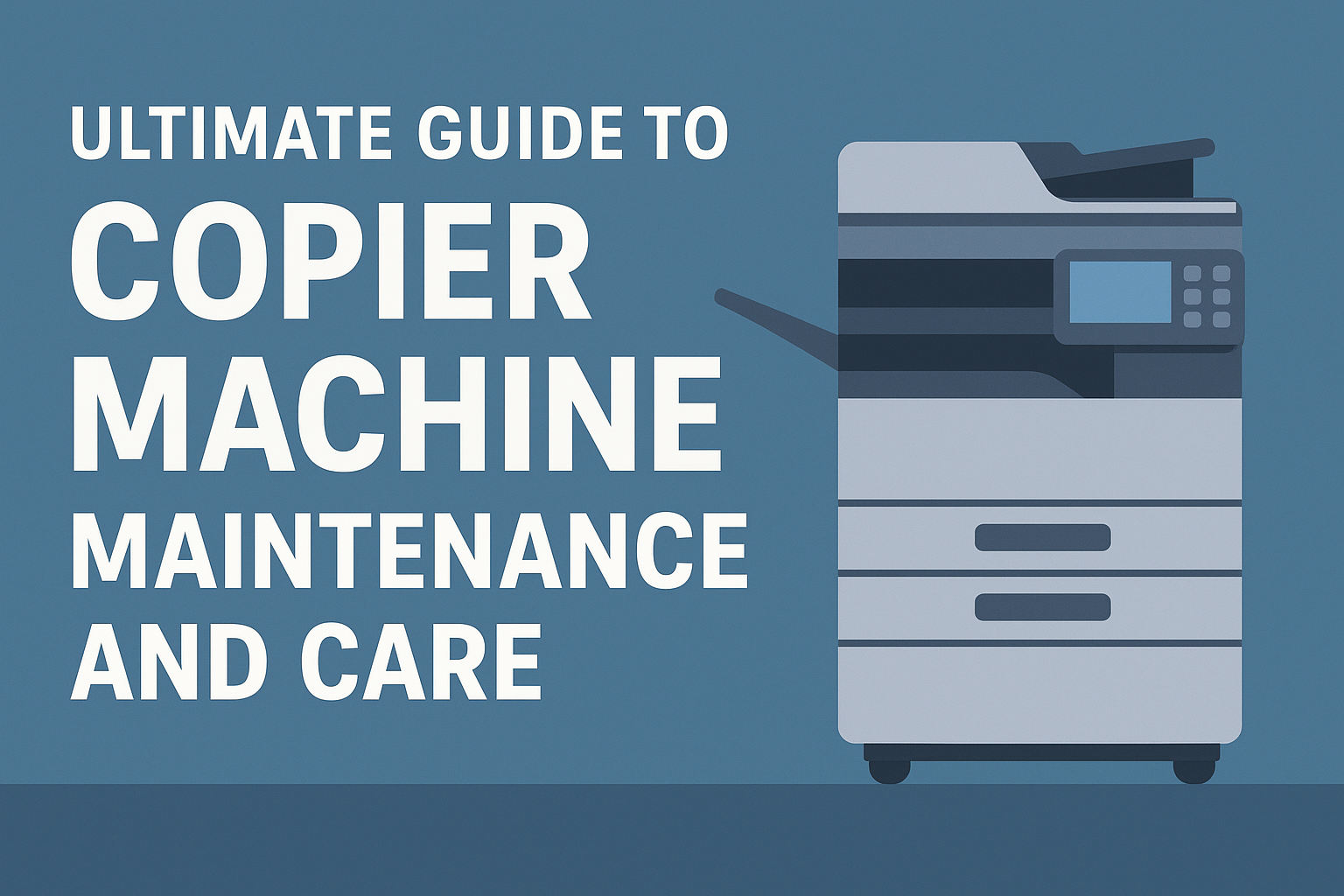Navigating the Complex Landscape of Document Management
In today's digital age, organizations are tasked with effectively managing sensitive information, a responsibility that requires robust document management systems. One of the critical decisions companies face is choosing between high-security and standard document management solutions. As enterprises prioritize protecting confidential data and meeting regulatory requirements, understanding the differences between these systems becomes crucial. This article delves into the features, benefits, and considerations involved in making an informed decision on document management strategies for your organization.

Understanding High-Security Document Management
Features of high-security systems
High-security document management systems are equipped with a range of features specifically designed to protect sensitive information and ensure compliance with various regulations:
Benefits of secure document handling
The implementation of effective high-security document management systems yields numerous benefits for organizations:
What is enterprise printing?
Enterprise printing refers to the comprehensive management and execution of printing tasks within large organizations, encompassing everything from design to production and distribution. This service focuses on optimizing print operations to improve efficiency and reduce costs, often incorporating specialized enterprise-grade printers and advanced software solutions. It involves the use of integrated workflows that streamline the print estimation, production processes, and customer service responses. Additionally, enterprise printing services typically include maintenance contracts and support agreements to ensure reliable operation of all printing hardware. Overall, enterprise printing helps organizations achieve better control over their print output and maintain high-quality standards.
FeatureDescriptionBenefitUser AuthenticationConfirms authorized access to documentsProtects sensitive information from misuseAudit TrailsLogs user activities for trackingIncreases accountability and oversightEncryptionSecures documents during transmissionGuards against cyber threatsPolicy ControlsSets document handling policiesEnsures legal compliance
Streamlined Operations with Standard Document Management
Cost-effectiveness
Implementing effective print management solutions can lead to significant cost savings for organizations. By monitoring and optimizing printing activities, businesses can reduce unnecessary expenditures related to paper, ink, and device maintenance.
In addition, companies can implement user-driven output management that ensures departments only print what is necessary. This not only trims costs but also enhances resource management, making it essential for any business looking to manage expenses rigorously.
Ease of integration with existing systems
A critical factor in successful print management is the ease of integration with current infrastructure. Customized print management solutions can fit seamlessly into existing systems, addressing individual organizational needs. These solutions can be tailored to meet unique backend systems and user authentication processes, thus minimizing disruption while enhancing functionality.
What is an enterprise printer?
An enterprise printer is a high-performance printing device designed for organizations that require a robust solution to handle substantial print volumes and multiple users. These printers are capable of efficiently managing larger workloads compared to smaller, pro-level devices which are suited for one or two users. The cost of enterprise printers can vary significantly, typically ranging from around $700 to $16,000, depending on their functionality and the expected volume of prints. Understanding the differences between laser and inkjet printers is crucial in selecting the right enterprise printer for specific business needs, as they offer varied benefits in speed, quality, and operating costs. Ultimately, enterprise printers are essential tools for businesses that demand reliable, high-capacity printing capabilities.
TopicImportanceBenefitsCost ManagementReduces unnecessary expensesSaves resourcesDocument SecuritySecure sensitive information at printersPrevents unauthorized useUser AuthenticationSupports secure access to printing featuresEnhances complianceIntegrationCustomized solutions harmonizing with existing techStreamlines operations
Security Features in Print Management
User Authentication
User authentication is a critical aspect of print management that helps secure sensitive documents within an organization. By requiring users to log in before accessing a printer, businesses can ensure that only authorized personnel can print confidential files. This can be achieved through various methods, such as card readers, PIN codes, or integration with existing user authentication systems.
Implementing robust user authentication helps mitigate risks associated with unauthorized access and document theft. As a result, companies can maintain control over their printing activities and protect sensitive information from prying eyes.
Preventing Unauthorized Access
To further enhance security, effective print management solutions can employ features that prevent unauthorized access to printing resources. For instance, with solutions like those offered by Pharos, organizations can leverage cloud printing technologies that limit reliance on internal infrastructure while providing secure access to print services.
Organizations can set up permissions that restrict who can access specific printers or document types. By preventing unauthorized personnel from using printers, companies not only secure sensitive documents but also manage print-related costs more effectively.
Accessing Print Management in Windows
For IT administrators looking to implement or monitor print management features within Windows, access is straightforward. You can launch Print Management by pressing Windows + R, typing printmanagement.msc, and clicking OK. If not installed, this feature can be added via Settings > Apps > Optional features, allowing IT to efficiently manage print servers, drivers, and printers.
FeatureDescriptionBenefitsUser AuthenticationRequires login to print documentsEnhances document securityUnauthorized Access PreventionLimits access based on user rolesControls printing costs and protects data
The Role of Print Management Companies
Enhancing Operational Efficiency
Print management companies play a vital role in optimizing a business's printing activities. They achieve this through various practices, including device management, cost management, and effective document management. By centralizing these activities, print management software allows organizations to monitor their printing devices and user-driven output, ultimately enhancing operational efficiency.
By providing insights into printing habits, these companies can identify areas where costs can be minimized. For example, the implementation of an inventory management system helps maintain optimal stock levels, reducing waste and ensuring that businesses can meet their printed material needs without overproducing.
Supporting Document Management Needs
A print management company provides a wide range of services to streamline and enhance the printing processes for businesses. They assist in planning, sourcing, and producing printed materials, ensuring consistency with a company's branding and messaging. These companies can handle everything from design and pre-press services to print production and distribution. Additionally, they often implement inventory management systems to maintain optimal stock levels and reduce waste. Overall, print management companies aim to improve efficiency, reduce costs, and provide high-quality printed materials tailored to the specific needs of their clients.
These companies can also offer customized solutions, which is particularly important as organizations often require tailored responses rather than one-size-fits-all approaches. Collaboration with solutions architects is crucial for addressing backend system integration, user authentication, and organizational policies related to document security and cost management.
Choosing the Right Print Management Software
What are some top enterprise print management software options?
Choosing the right enterprise print management software can significantly improve your organization's printing efficiency. Notable software solutions include:
SoftwareKey FeaturesUnique StrengthsPaperCutCost tracking, remote printingHigh user satisfaction, versatile for various environmentsVasion PrintCustom workflows, cloud integrationTailored solutions for specific industry needsHP Service ManagerComprehensive device management, reporting capabilitiesIdeal for organizations using HP hardwareuniFLOWSecure printing, document trackingExcellent for enhancing document securityPrintSmith VisionOptimized print production, workflow managementBest for managing print jobs in production settingsPressWiseEnd-to-end print managementStrong capabilities for high-volume print environmentsPrintixCloud-based printing, user-friendly interfaceFocus on enhancing security and cost controlPrint Manager PlusCentralized print management, cost controlTargets small to mid-size businesses for efficiency
Evaluating software capabilities
When selecting print management software, consider several factors:
Collaborating with solutions architects can help pinpoint the best fit, ensuring seamless integration with existing systems and policies.
Tailoring Document Management Systems to Your Organization
Benefits of customized solutions
Customized print management solutions offer several advantages that generic software often cannot match. Firstly, they cater to the specific workflows of a business, accommodating unique document handling processes. This has a direct effect on productivity, as employees spend less time navigating clunky interfaces or workarounds.
Additionally, customized solutions often integrate seamlessly with existing backend systems. This harmony allows for smoother user authentication and enhances compliance with organizational security policies. For example, solutions like Pharos cloud printing ensure sensitive documents are securely managed.
Addressing unique organizational needs
Every organization has distinct requirements when it comes to document management. Off-the-shelf software typically lacks the flexibility needed to adapt to different structures and security protocols.
By collaborating with solutions architects, businesses can develop a tailored approach that addresses specific needs, such as cost management or enhanced document security. This ensures that the printing environment is not only optimized for efficiency but also aligned with the organization's strategic objectives.
A customized print management system not only meets current needs but is also scalable for future growth, making it a prudent long-term investment.
Making an Informed Decision
As organizations navigate the array of document management solutions, understanding their distinct needs in terms of security, scalability, and operational efficiency is paramount. While high-security systems offer unparalleled protection, standard solutions provide cost-effective and easily integrated options. Whether upgrading existing print operations or implementing a new system, assessing the specific demands of your enterprise and leveraging expert insights is crucial. By focusing on what's essential for your organization, you can select a document management solution that enhances productivity while safeguarding sensitive information.




.jpg)


























